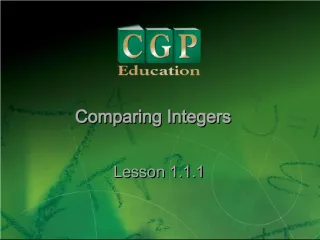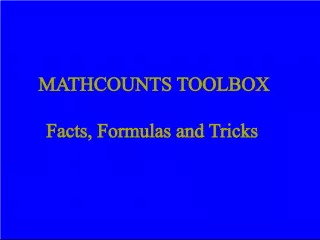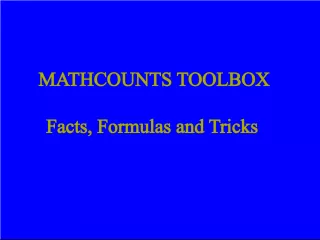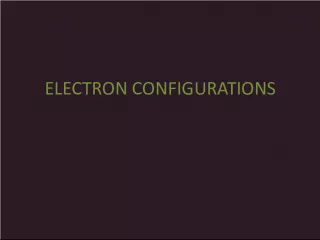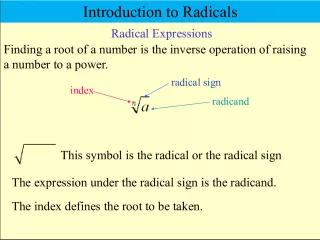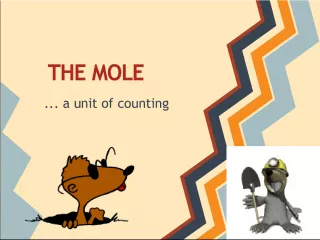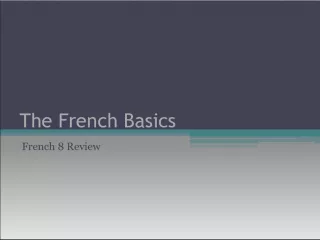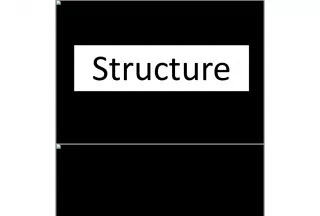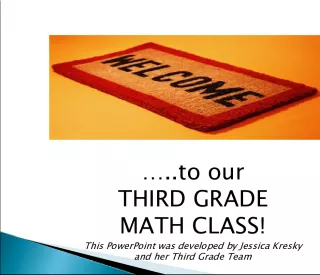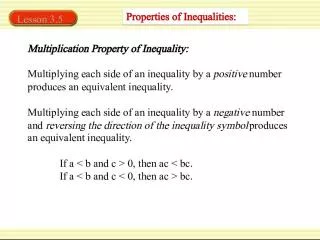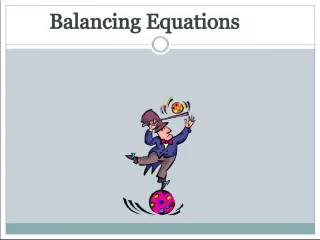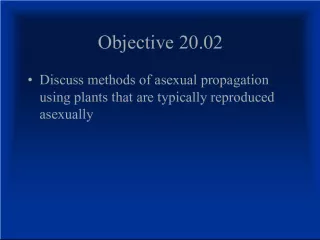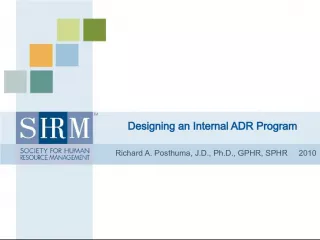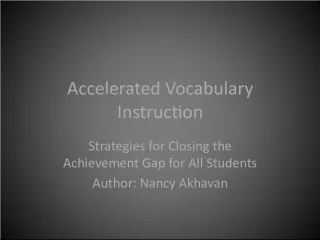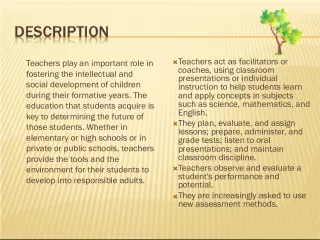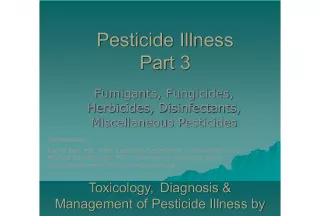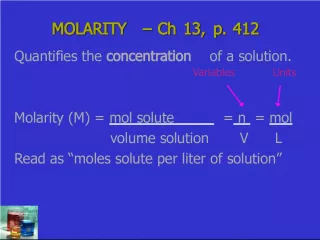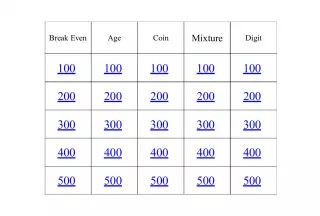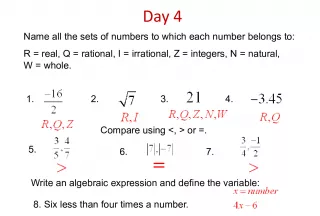Increasing Number of Students, Decreasing Number of Teachers in California


California is facing a challenge as the number of students entering schools is projected to increase while the number of individuals entering the teaching profession is decreasing. This may lead to a shortage of qualified teachers in the future.
- Uploaded on | 0 Views
-
 ratnakar
ratnakar
About Increasing Number of Students, Decreasing Number of Teachers in California
PowerPoint presentation about 'Increasing Number of Students, Decreasing Number of Teachers in California'. This presentation describes the topic on California is facing a challenge as the number of students entering schools is projected to increase while the number of individuals entering the teaching profession is decreasing. This may lead to a shortage of qualified teachers in the future.. The key topics included in this slideshow are California schools, teaching profession, shortage of teachers, student population, education system,. Download this presentation absolutely free.
Presentation Transcript
7. The number of students entering Californias schools is projected to increase, yet the number of individuals entering the teaching profession is declining. Many districts already struggle to maintain their capacity to attract, support, and retain fully prepared and effective teachers. Now, because the teacher development system has been so compromised, the gap between the teaching professionals districts need and those produced by the system is likely to grow.
9. Critical Elements Structure and Program Components Implementation and Results Notable Strengths Continuing Challenges Implications for teachers, students, and the greater community
10. Strong partnerships among colleges of education, school districts and communities Progression through the program as part of a cohort Apprenticeship alongside experienced and trained mentors High quality professional development with emphasis on tightly aligning educational theory and clinical practice. Student achievement data collected and monitored for continuous program improvement Effective supported induction Berry, B., Montgomery, C., Curtis, R., Hernandez, W., & Snyder, J. (2008. August). Creating and sustaining urban teacher residencies: A new way to recruit, prepare, and retain effective teachers in high-needs districts. The Aspen Institute / Center for Teaching Quality. Retrieved July 17, 2009 from http://www.teachingquality.org/legacy/AspenUTR.pdf.
11. A ccelerated C ollaborative T eacher R esidency Program ACT-R
12. The Management Team Dr. Nancy Burstein and Dr. Sue Sears (Co-Directors, CSUN) Nancy Hymes, Full-time Advisor, detached service from LAUSD Phyllis Gudoski, PreK-12 Liaison Anne Wilcoxen, Evaluator Specialization Coordinators Mild/Moderate Disabilities, Dr. Nancy Burstein Moderate/Severe Disabilities, Dr. Kathy Peckham-Hardin Deaf and Hard of Hearing, Dr. Ellen Schneiderman Early Childhood Special Education, Dr. Deborah Chen Language/Literacy Workgroup Dr. Sue Sears Coordinator College of Humanities (3 faculty members) LAUSD (4 coordinators/teachers) Management Team
13. Partnership with College of Humanities, Local District 2 in LAUSD, and Parent Pioneers Cohort (MM, MS, DHH, ECSE) progresses through an 18- month credential/MA program Two semester apprenticeship with selected mentor teachers in high need schools Professional development for faculty, mentor teachers, and administrators with an emphasis on language and literacy (LL) Ongoing collection of student achievement data in assigned classrooms and schools Supported induction for graduates that includes mentoring and inquiry groups focusing on student achievement in LL ACT Residency Program
14. Core Courses: Two courses completed by general and special education candidates that focus on foundational knowledge and skills for teachers serving diverse urban learners Specialization Courses: Classes each semester that target appropriate specialization areas Clinical Experience: One year apprenticeship completed in high need LAUSD schools with a trained and experienced special education mentor MA: Advanced coursework culminating in a Graduate Project that focuses on language and literacy
15. 23 ACT-R Residents Recruited 15 mild/moderate disabilities 3 in deaf and hard of hearing 3 in early childhood special education 2 in moderate/severe disabilities LAUSD Mentor Teachers and Administrators District 2 11 schools (5 elementary, 6 secondary) District 3 Marlton (DHH) PK-12
16. Partnership effort: CSUN COE and COH faculty, in collaboration with LAUSD administrators, specialists, and teachers, planned and participated in a Language and Literacy Institute and will support its follow-up activities Emphasis on English learners with special needs: Institute sessions focused on the examination of issues related to language and language development, culture and family Use of data to inform practice: Site-based teams wrote Action Plans designed to improve documented student outcomes in language and literacy for students with special needs Development of a professional learning community: Residents, Local District 2 administrators, mentor teachers and families, and CSUN faculty working together to improve student achievement in Local District 2 schools
17. Challenges CST scores may not be sensitive to the achievement gains of students functioning far below grade level. IEP assessments vary greatly and data are not easily aggregated to document class outcomes CSUN Plan Focus on ELA outcomes only Examine CSTELA subtest scores for evidence of growth in specific ELA domain areas Identify and track benchmark ELA assessments appropriate for grade level and area of disability
18. ACT-Residency Program: Built on an existing model Accelerated Collaborative Teacher (ACT) Preparation Program Provides financial support (unlike ACT), facilitating participation and preparation prior to becoming a teacher of record (unlike an alternative certification program) Enhances the integration of coursework and clinical practices through school/university collaboration and professional development Explicit emphasis on improving student achievement and a focus on language and literacy Graduates hired to teach in collaborating school district Provides seamless transition into teaching through induction support
19. Strong infrastructure that supports school/university collaboration Effective mentor teachers that actively support the residency program Administrators committed to transform organizational structures to promote collaboration and the integration of teacher learning with student learning Reward structure in place for faculty and teachers to participate Performance measures with accountability systems External and long term funding sources an expensive model
20. Strong infrastructure that supports school/university collaboration Administrators committed to transform organizational structures Developing exemplary models of clinical practice with effective mentor teachers Reward structure in place for faculty and teachers to participate Performance measures with accountability systems that examine student achievement Sustaining funding sources and resources to institutionalize residency program Cross institutional positions border spanners Selecting administrators committed to reform Developing a cadre of mentor teachers who will participate in PD and the Virtual Community of Learners (VCL) Support from high-level administrators with financial/professional incentives provided Study impact on linkages between teacher preparation/induction and student achievement Institutionalize positions and funding sources that provide continued support to candidates and teachers Challenges Solutions
21. Improved preparation of teachers for high need schools Increased focus on developing teacher expertise in the area of language and literacy Apprenticeship that contributes human resources in addressing the needs of students with disabilities Teachers hired in partnership district who are highly qualified and well prepared to improve the achievement of students in high need schools
